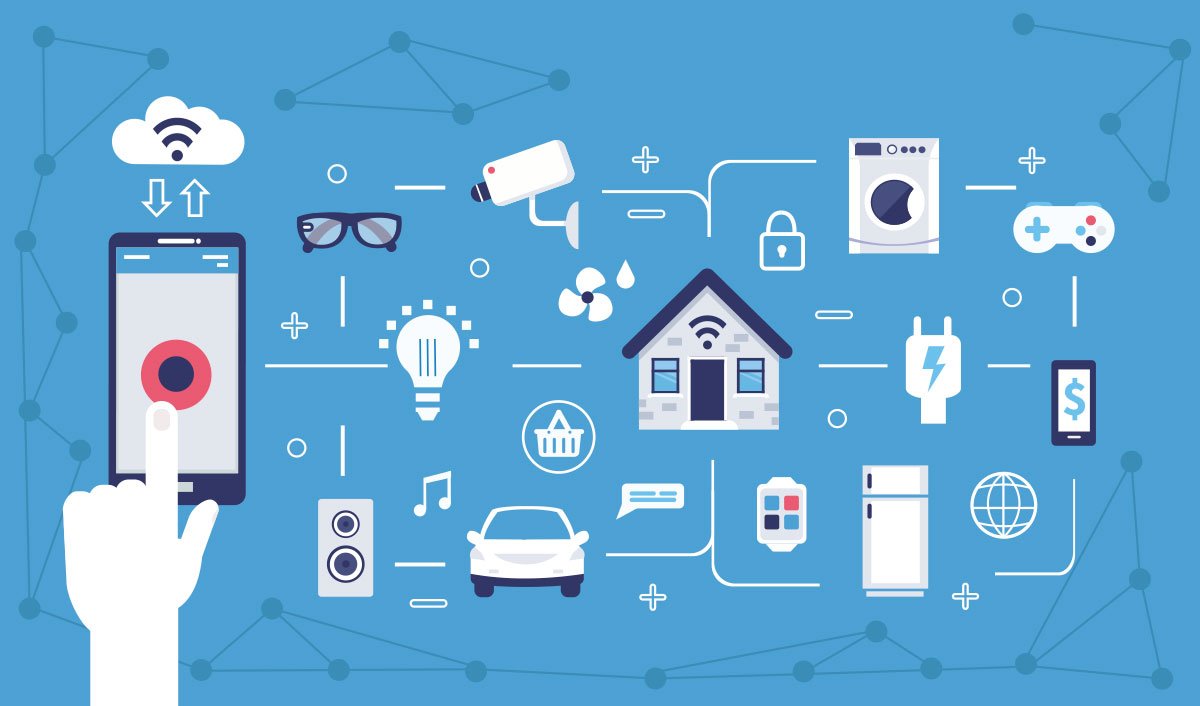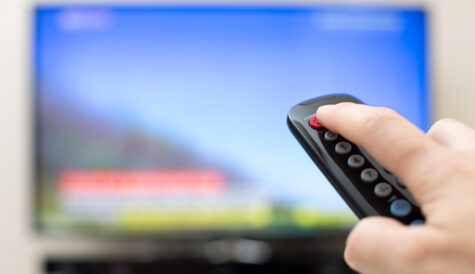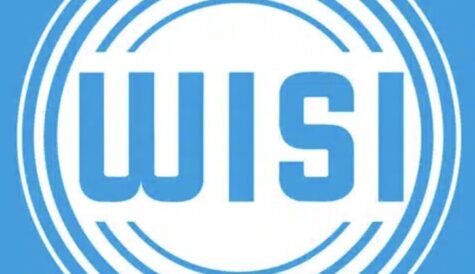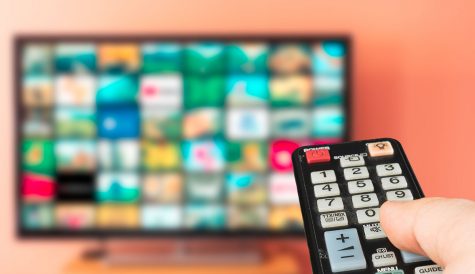Smart home shipments to make comeback in 2023
 After two years of softened growth, the global smart home market is expected to resume its upwards trajectory in 2023.
After two years of softened growth, the global smart home market is expected to resume its upwards trajectory in 2023.
According to a new report from Omdia, the Global installed base of smart home devices is set to exceed 2 billion devices in 2022, following softening growth in 2021-22.
The market has struggled over the past two years as a result of wage stagnation, increased unemployment, and a large decline in projected retail sales, especially in 2022.
However, strong growth, on par with pre-pandemic levels, is expected to return starting in 2023, driven by increased demand in energy management solutions and the impending release of the Matter standard.
The report goes on to note that smart speakers had the most global shipments in 2021, with 195 million followed by lighting, plugs/switches and connected health devices. The devices forecast to grow the fastest over the next five years include water leak sensors/shutoff valves, connected major home appliances, plugs/switches, air quality monitors and smart door locks, all projected to have a CAGR greater than 30% from 2021 to 2026.
The research house estimated in 2021 that about 55% of broadband households in the US had smart home devices installed, dropping to 21% for EMEA. The Americas had a penetration rate of 44% while Asia and Oceania had a penetration rate of about 14% in 2021.
Xiaomi was estimated to be the market leader in 2021, followed by Alibaba, Amazon, Google, and Baidu. All of the top-five brands specialise in smart speakers, while the next four brands, IKEA, Sengled, Ledvance, and Signify, specialise mostly in lighting applications.
Omdia’s report also forecast that the impact of Matter is expected to be more gradual than originally anticipated. Omdia forecasts there will be about 424 million devices that could be Matter capable, assuming 100% of those devices shipped in 2023 are Matter compatible. This equates to about 44% of global device shipments in 2023.
Blake Kozak, Senior Principal Analyst, Omdia said: “It is an exciting time for the smart home industry as brands rapidly innovate and produce devices that combine advanced features, like facial recognition and video analytics with door locks and the inclusion of radar technology in smart speakers and thermostats. Brands are also making moves in terms of partnerships and acquisitions, like ADT acquiring Sunpro Solar and IOTAS. Advancements in connectivity standards like ultra-wideband, Thread and NB-IoT will also bring new use cases to the smart home market, improving both accuracy and distance.”



